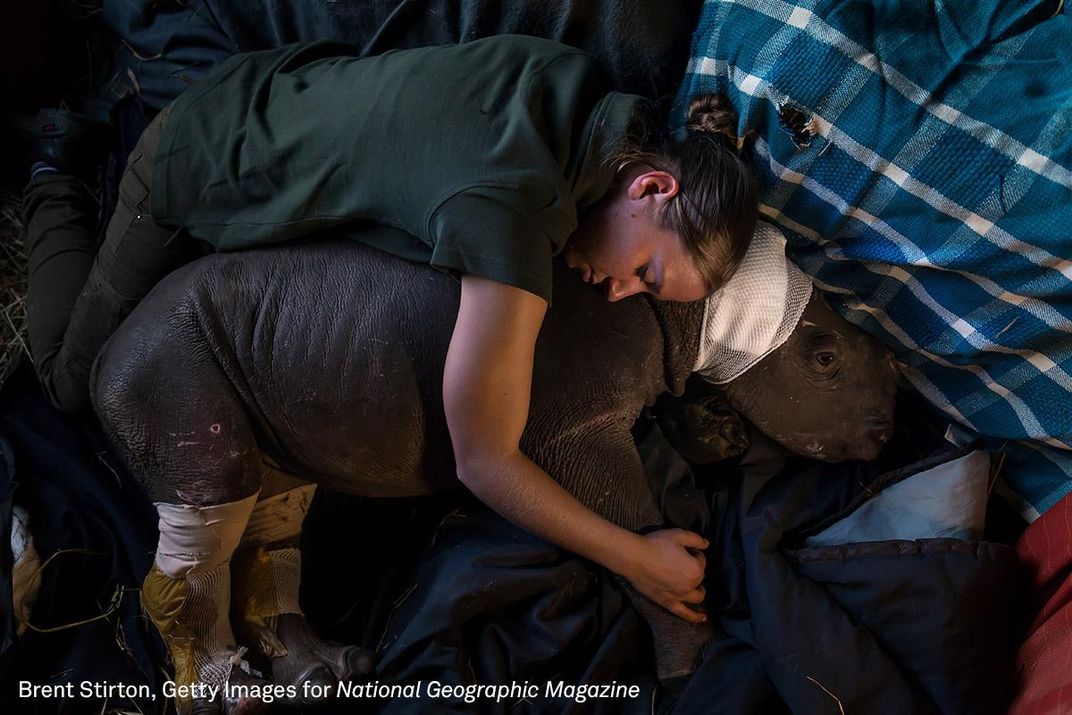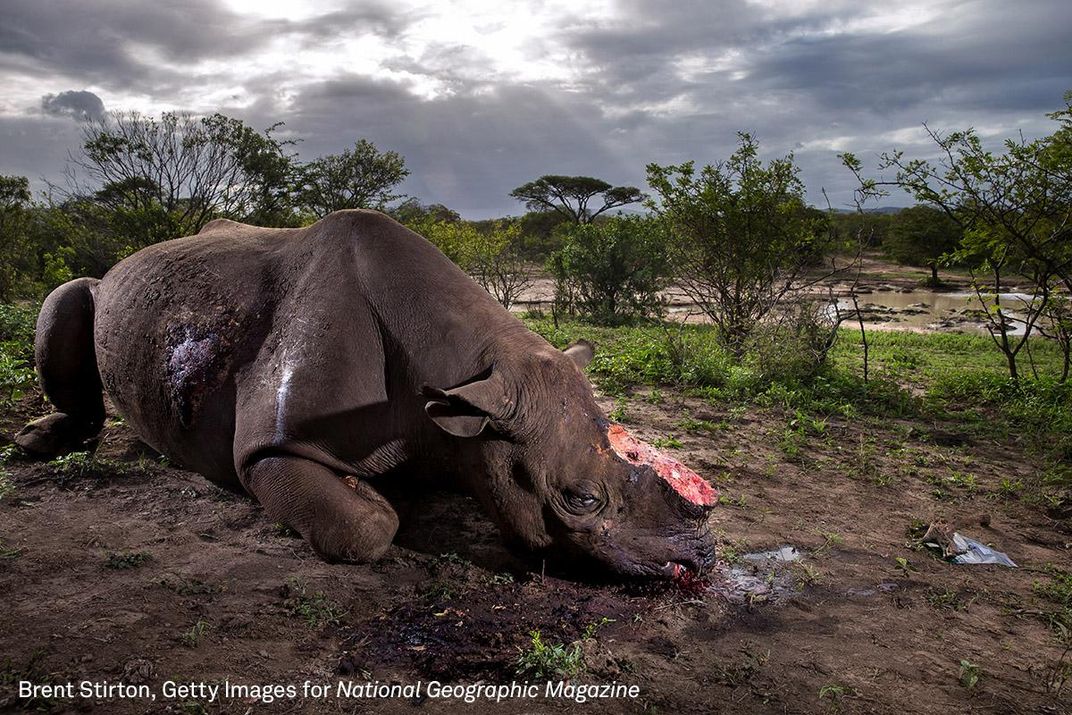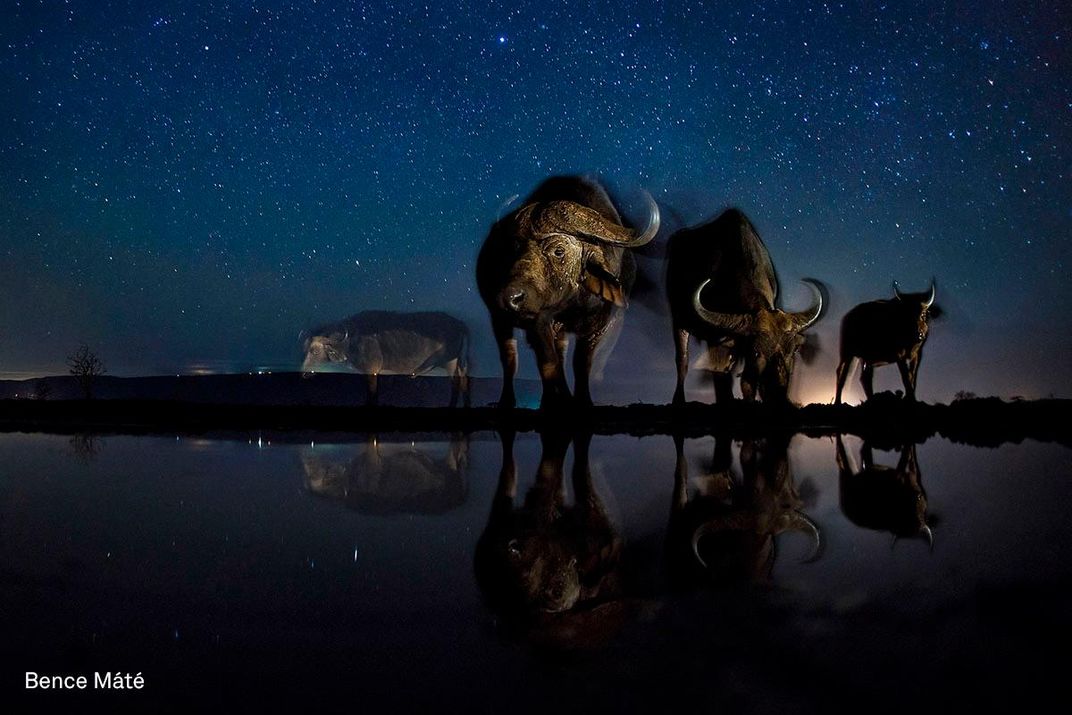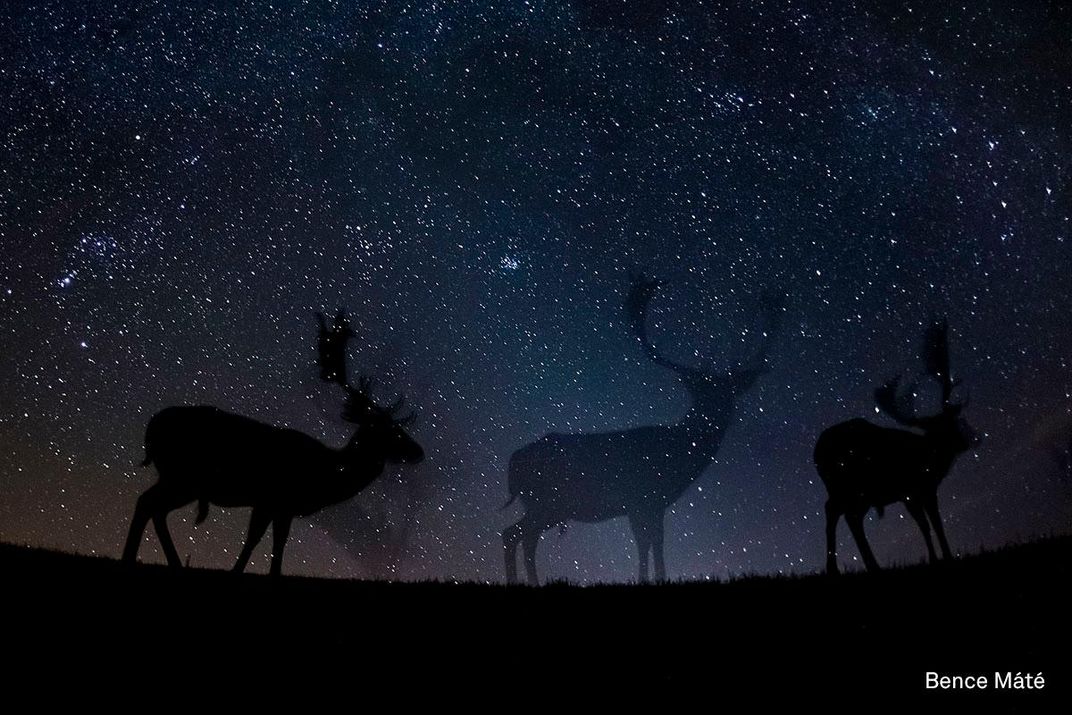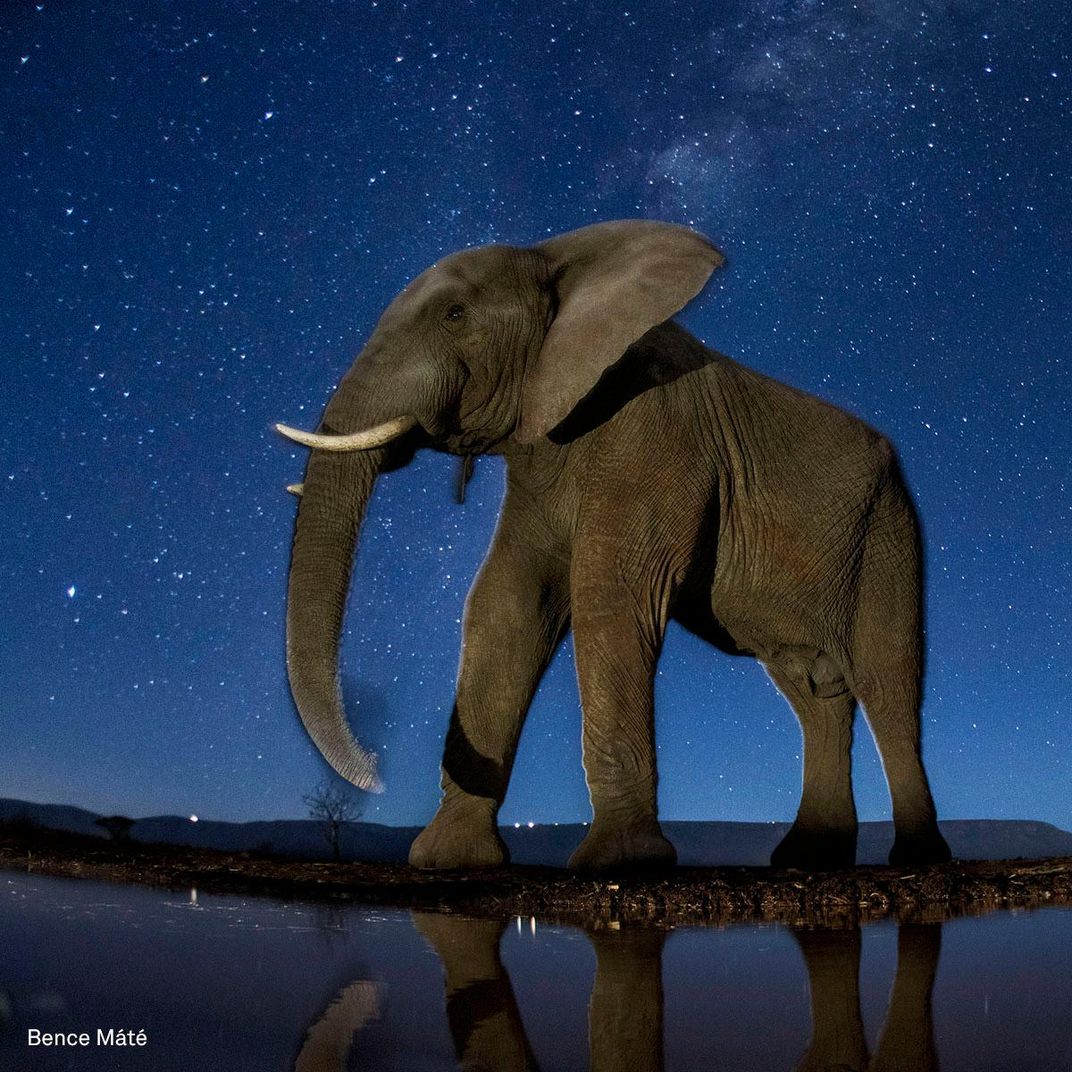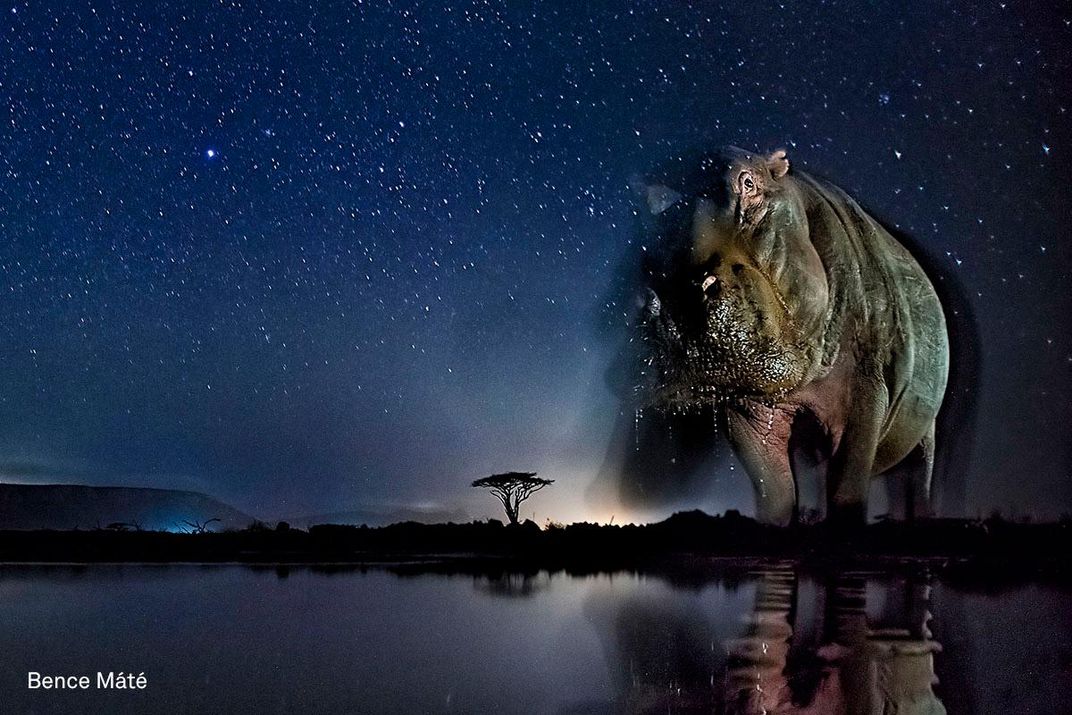Winning Nature Photos Capture Triumph and Turmoil in the Animal Kingdom
From poaching to panda recovery, the winners of the World Press Photo competition chronicle human interactions with nature
:focal(880x405:881x406)/https://tf-cmsv2-smithsonianmag-media.s3.amazonaws.com/filer/88/ac/88acca63-e84f-4525-9dfe-052d1d62b559/071_francis_perez.jpg)
Now in its 60th year, the World Press Photo contest highlights images that visually capture events of the prior year. And this year's winners are no different, including refugees trying to cross the Mediterranean, children wounded by the war in Syria and Olympians pushing through the finish line.
But the images also depict triumph and turmoil in the animal world, where many of the winning selections show how humans come into conflict with nature—with plants and animals usually falling on the losing side of the equation.
The winner of the single image nature category, by Spanish photographer Francis Pérez, depicts a sea turtle photographed near Tenerife in the Canary Islands wrapped up in a fishing net. Despite many attempts to limit the use of plastics, the troubles with marine debris have persisted—not only wrapping around sea life but also poisoning them.
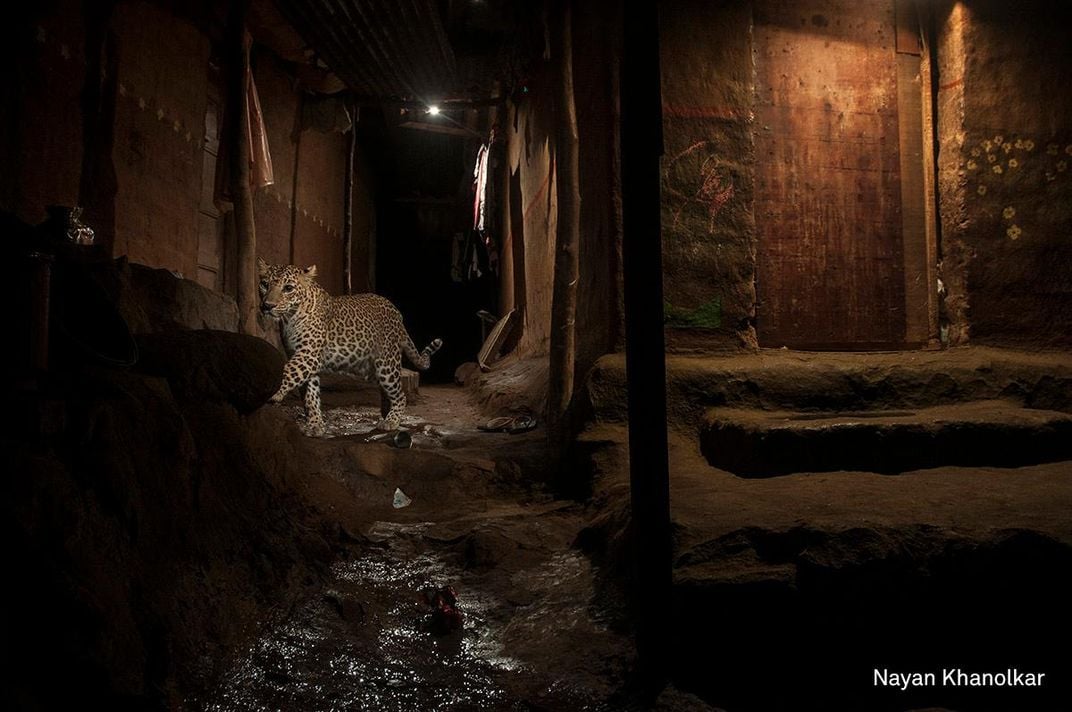
The second place image also shows how animals navigate the human-mediated world. The shot, captured with a camera trap by Indian nature photographer Nayan Khanolkar shows a leopard hunting in the alleyways of a village in Sanjay Gandhi National Park, just on the edge of the huge metropolis of Mumbai.
Khanolkar, who has been doing wildlife photography for 20 years, strives to "tell the story of how wildlife is coexisting with city life," he says to Vijay Singhl at The Times of India. The shot captures an area where humans commonly coexist with leopards, Khanolkar notes. But venturing deeper into the city, where fear of the creatures is high, is hazardous for leopards to prowl.
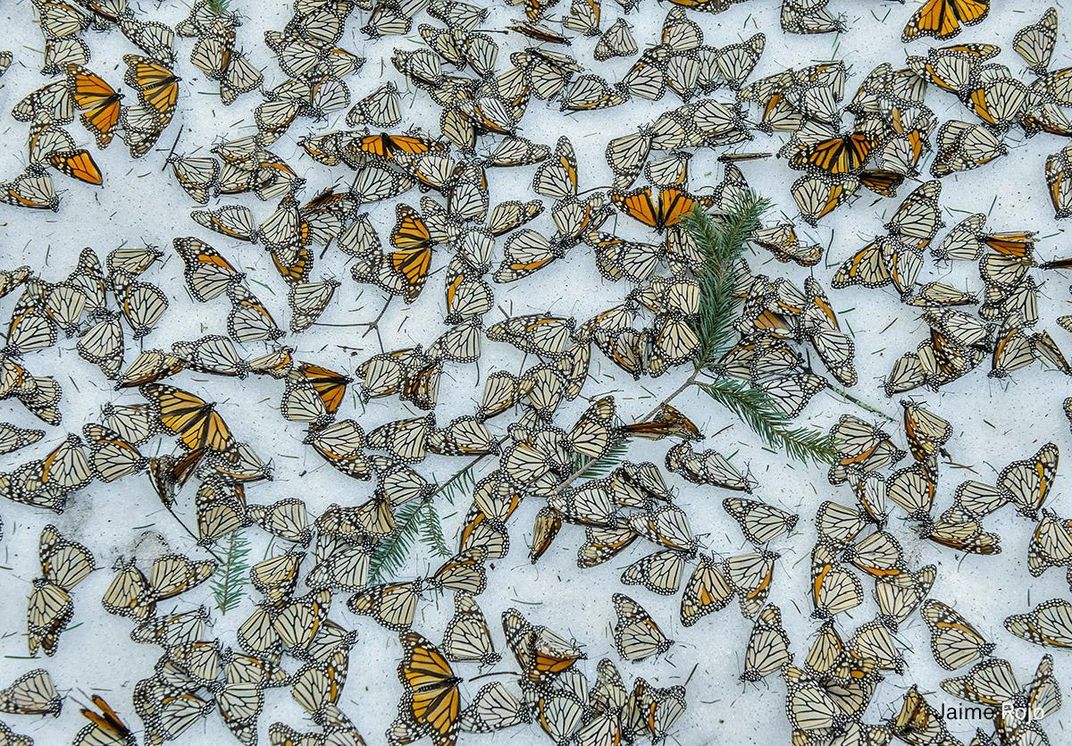
The third place single image is by Mexican photographer Jamie Rojo depicts the forest floor covered in monarch butterflies that froze to death after an intense winter storm hit their wintering grounds in El Rosario Butterfly Sanctuary, in Michoacán, Mexico, west of Mexico City last March. The storm destroyed 133 acres of pine forests in the core wintering area for the butterflies, killing 6.2 million of the winged insects, about 7.4 percent of the 84 million butterflies that overwinter in Mexico, the Associated Press reported at the time. Climate change is a major threat to the butterflies, influencing their migration patterns and weather conditions at their overwintering grounds. That, along with illegal logging and pesticide use are the biggest threats to the species.
Brent Sirton’s photographs of poaching and poachers in South Africa, which took the top prize in the nature stories categories, document another human-created threat to animals. On assignment for National Geographic he took a series of images capturing the rhino-horn trade in south and eastern Africa. Sirton writes that while South Africa is has the largest reserve of rhinos in the world, a battle is taking place along the South Africa and Mozambique border. If an animal crossed into Mozambique, he explains, its life expectancy drops to less than 24 hours.
Sirton’s images chronicle the carnage from the rhino-horn trade, including a freshly slaughtered black rhino left to rot at a watering hole and the recovery of Lulah, a one-month old black rhino who was attacked by hyenas after her mother was poached. Though she lost her ears, part of her nose and was injured in the legs by the attack, she was expected to recover.
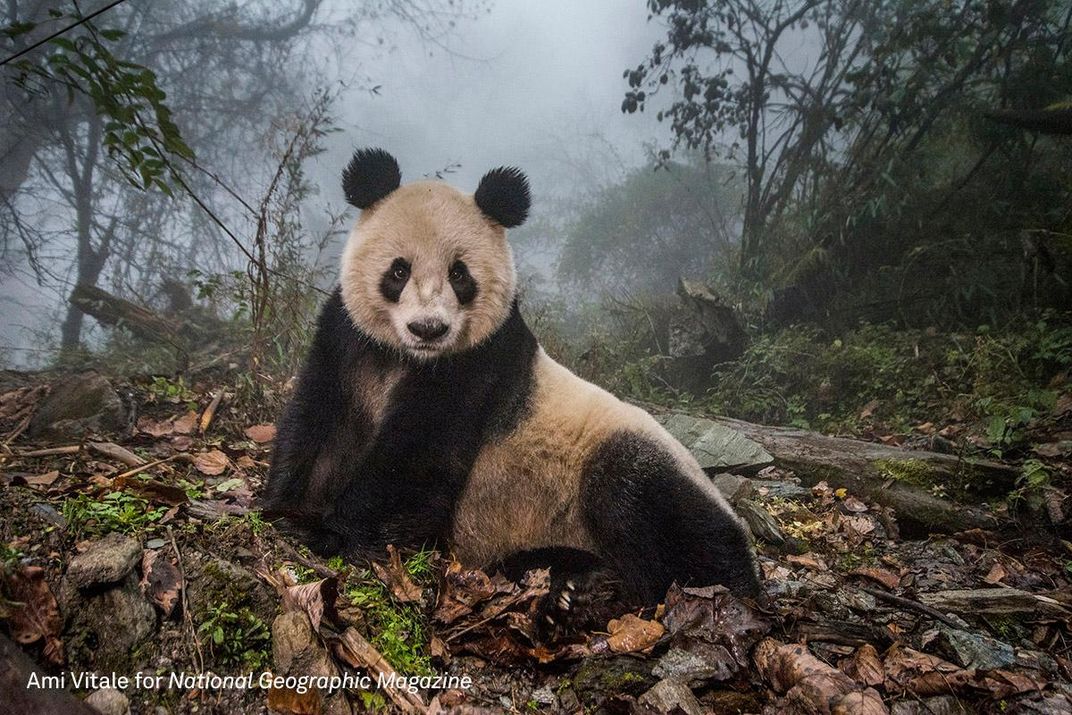
Not every featured image of human interactions with nature, however, is so negative. Ami Vitale’s second place story-telling entry chronicles the efforts to breed and return pandas to the wild. Also on assignment for National Geographic, Vitale documents the techniques perfected by Chinese researchers in the past quarter century to help the iconic animals procreate and prepare them for life in the wild. It’s a great success story, which resulted in the recent controversial decision to downgrade pandas from endangered to vulnerable status.
The third place winner in the story category actively tries to avoid any human interactions with wild animals. Hungarian photographer Bence Máté is known as “the invisible wildlife photographer” because of the elaborate hidden blinds he constructs to get close to his subjects without their notice.
For his winning series of images of African animals at a watering hole at night, he spent 18 nights at the Mkuze Estate, KwaZulu-Natal, in South Africa, he tells National Geographic. Using a remote-control camera, he took about 15,000 images using a 40-second exposure, which captures ghostly images and blurs of his nighttime visitors, including fallow deer, elephants, water buffalo and hippos.
